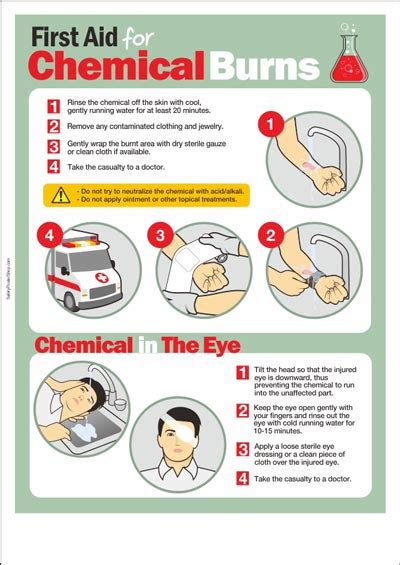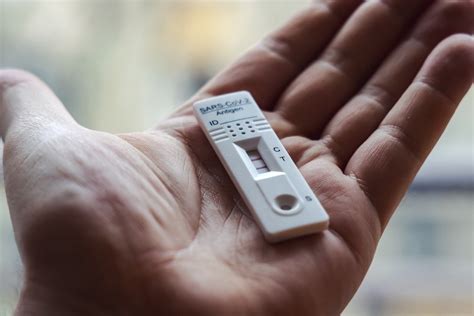When a chemical splashes into the eye, every second counts. The severity of the injury can range from mild irritation to severe damage, potentially leading to permanent vision loss if not treated promptly and correctly. Chemical burns to the eye are medical emergencies that require immediate attention. Here’s a step-by-step guide on how to provide emergency care in such situations:
Immediate Response
Flush the Eye: The first and most crucial step is to flush the eye with plenty of water. This helps to remove the chemical and reduce the severity of the burn. Tilt the head to the side so the affected eye is lower than the unaffected one to prevent the chemical from spreading. Use lukewarm water and continue flushing for at least 20 minutes. If both eyes are affected, flush them separately to prevent cross-contamination.
Remove Contact Lenses: If the person wears contact lenses and it’s easy to do so without causing further irritation, remove them to ensure the chemical is not trapped underneath.
While Flushing
- Try to keep the eye open as much as possible during flushing to ensure the water reaches all areas of the eye.
- Do not use eyedrops or ointments unless advised by medical personnel, as they can interfere with further treatment.
- Avoid forcing the person to open their eye if they are unable to do so due to pain or spasms.
Post-Flushing Care
Cover the Eye: After flushing, lightly cover the eye with a clean, dry cloth to protect it from further irritation but do not apply pressure.
Seek Medical Help: Immediately seek medical attention, even if the injury seems minor. The full extent of the damage may not be visible, and there could be internal injuries that are not immediately apparent.
Provide Information: When you arrive at the medical facility, provide as much information as possible about the chemical involved, the time of the accident, and the steps taken so far. This information is crucial for health professionals to provide the most effective treatment.
At the Medical Facility
Treatment at a medical facility may include:
- continuaous irrigation of the eye with saline solution to remove any remaining chemical.
- pH testing of the eye to check for any remaining chemical imbalance.
- administration of pain medication to manage discomfort.
- application of topical antibiotics to prevent infection.
- possible emergency surgery if the burn is severe.
Prevention
Preventing chemical burns in the eyes starts with awareness and proper handling of chemicals. Always wear protective eyewear when working with chemicals, and ensure children and pets are kept away from any hazardous substances. Having a first aid kit nearby and being aware of emergency procedures can also save critical time in case of an accident.
Importance of Prompt Action
The timely and proper treatment of chemical burns in the eye is crucial to prevent long-term vision problems, including blindness. Prompt action not only reduces the risk of severe damage but also ensures the best possible outcomes. Remember, in cases of chemical burns to the eye, every minute counts, and immediate care can significantly influence the recovery process.
FAQs
What should I do if I get a chemical in my eye at home or in the workplace?
+Immediately rinse the eye with water for at least 20 minutes. Remove contact lenses if easily removable, and do not apply any pressure to the eye. Then, seek immediate medical attention.
Can I use regular eye drops or ointments on a chemical burn?
+No, you should not use regular eye drops or ointments unless advised by a medical professional. They can interfere with further treatment and worsen the condition.
How long should I flush my eye if I get a chemical in it?
+Flush the eye with lukewarm water for at least 20 minutes. This is crucial to remove as much of the chemical as possible and reduce the severity of the burn.
What information should I provide to medical professionals when I seek help for a chemical burn in the eye?
+Provide information about the type of chemical involved, the time of the accident, and any steps you've taken so far, such as flushing the eye. This information is vital for appropriate and effective treatment.
Can chemical burns in the eye lead to long-term vision problems?
+Yes, chemical burns in the eye can lead to long-term vision problems, including potential blindness, if not treated promptly and properly. Immediate care is crucial to minimize damage and ensure the best recovery outcomes.
Understanding the emergency care steps for chemical burns in the eye and taking preventive measures can significantly reduce the risk of severe injuries and long-term vision problems. Always prioritize eye safety when handling chemicals and know what to do in case of an accident to ensure the best possible outcomes.


